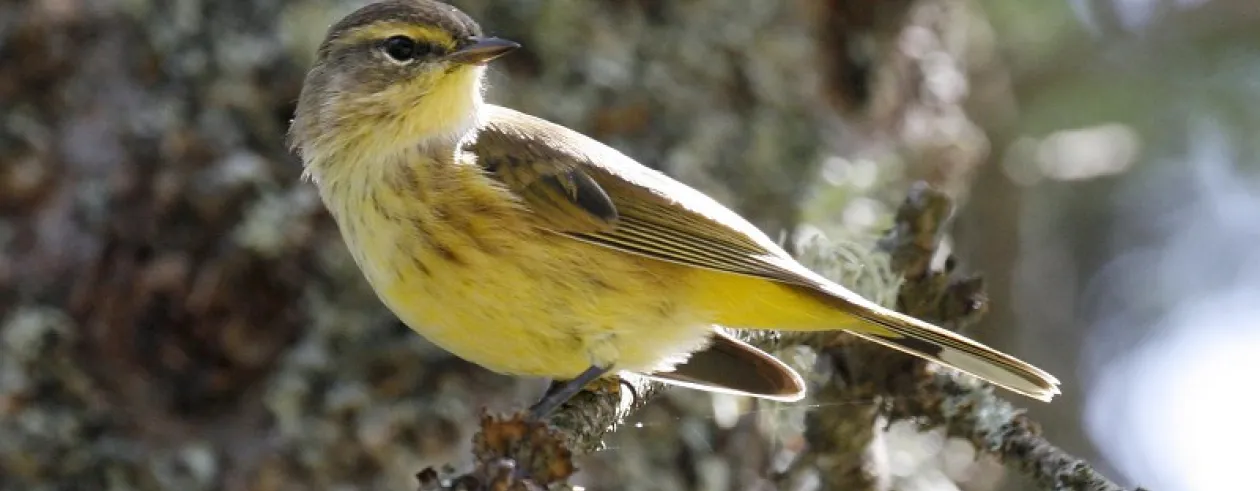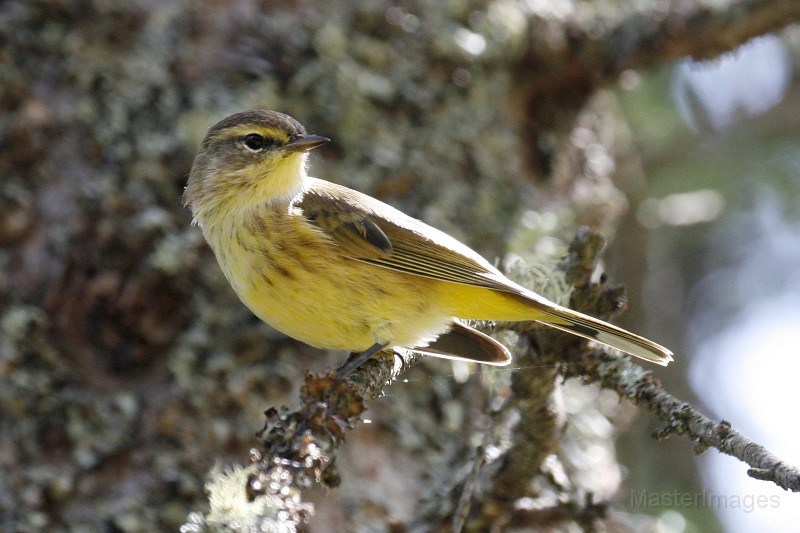
Boreal Species and a Whole Lot More
From the marsh to the bog
It is difficult to resist the temptation to stop when driving through Tupper Lake Marsh in the morning, as the sun glints off the dew in the cattails, and birds fly low over the expanse. Sometimes these birds include American Bitterns, and although I didn’t see a bittern as I drove south through the marsh on a recent trip there, it was still hard not to pull over and look for one.
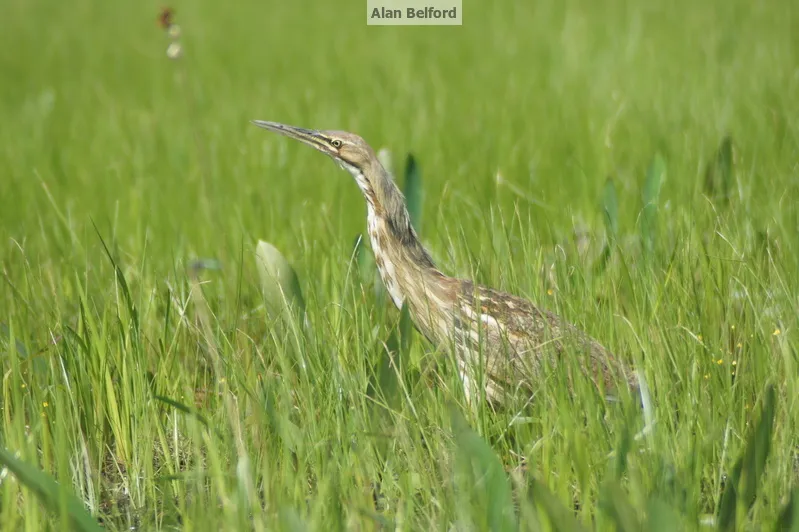
I was compelled to hustle past the marsh because I was on my way to the Horseshoe portion of Hitchins Bog, and I wanted to explore it before it got too late in the morning. And so I wound back along Rt. 421, my windows down so I could listen to the early morning songs of birds along the way, spotting a group of Wild Turkeys feeding in the grass along the road as we went. Wren, my dog, sat by the window too, her nose poised outside to take in the smells of the woods — no doubt her mind relating it to past trips to Horseshoe and similar places, and screening through the scents for something of interest. The road switched from asphalt to gravel and we parked in one of the pull-off campsites, walking from there.
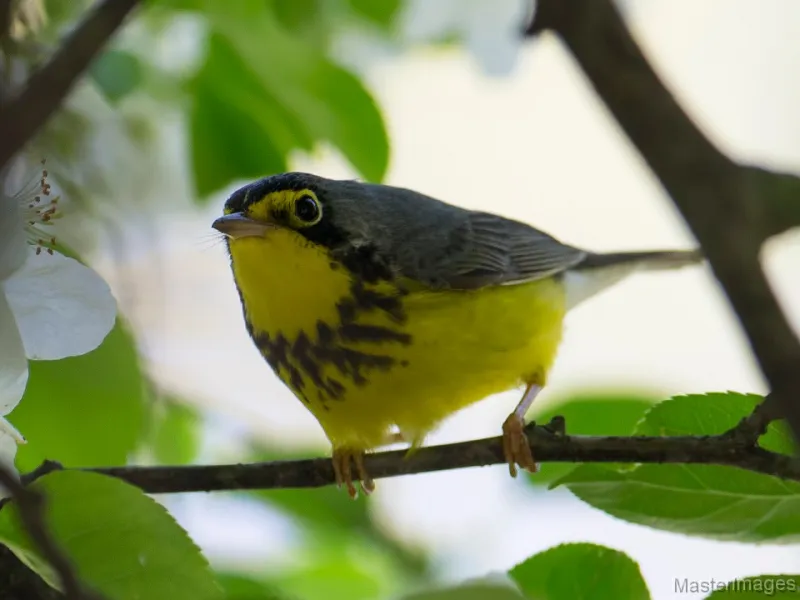
At times early morning trips can help reduce biting insects, but mosquitoes are often at their worst at that hour. This day proved no different, and I could see them swarming outside the car windows (which I had hastily closed) as I readied my pack for our walk.
Lots of warblers and other species
A Canada Warbler was singing as soon as we got out of the car, and we soon added species like Ovenbird, Yellow-bellied Flycatcher, Nashville Warbler, Black-and-white Warbler, and Magnolia Warbler — the latter two were common along much of our route. Soon there were Winter Wrens, White-breasted Nuthatches, Northern Parulas, more Canada Warblers in the wet thickets and more Yellow-bellied Flycatchers in the balsam firs, and both Blue-headed and Red-eyed Vireos.
We continued on, following the road for a spell before it reached a Y where we took the left fork toward Low’s Upper Dam. To my surprise, the yellow Department of Environmental Conservation gate was open, but I remembered that they had been working on the dam last year and I wondered if the work was still ongoing. A short while later these suspicions were confirmed as a small string of enormous trucks carrying heavy equipment and what I concluded were pieces of the new dam came charging through – looking out of place and oversized on the small dirt road as if they had gotten completely lost or someone had transported them from another dimension where everything is another size larger than it is here.
.
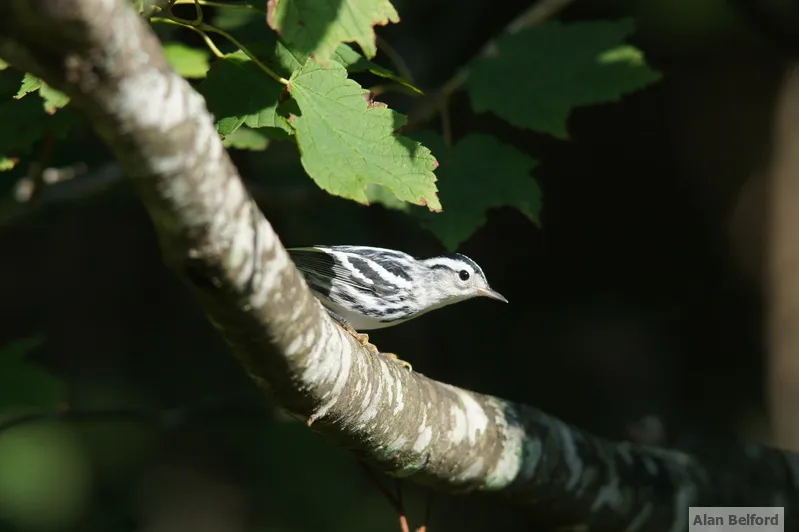
But the trucks were soon gone and our bird list continued to grow with Yellow-bellied Sapsuckers, Hairy Woodpeckers, American Redstarts, Least and Alder Flycatchers, Eastern Phoebes, Pine Siskins, and a flyover Common Loon. I could also hear Swamp Sparrows, Common Yellowthroats, and White-throated Sparrows singing from the bog mat as we approached it through the trees. The road follows the edge of the bog for a while before eventually cutting across a portion of it. I had also been hearing Lincoln’s Sparrows and Palm Warblers as we walked, but the opening provided a good opportunity to see them and I watched a few Palm Warblers rhythmically bobbing their butt (as they always do) in the trees along the path.
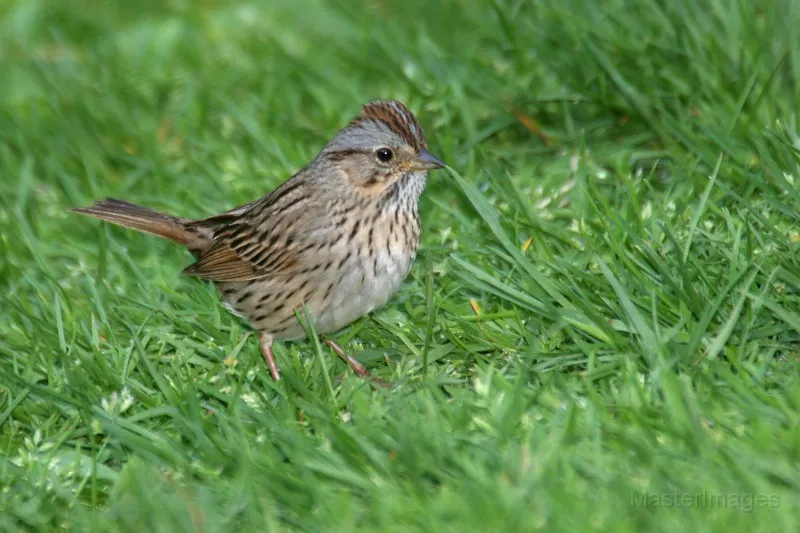
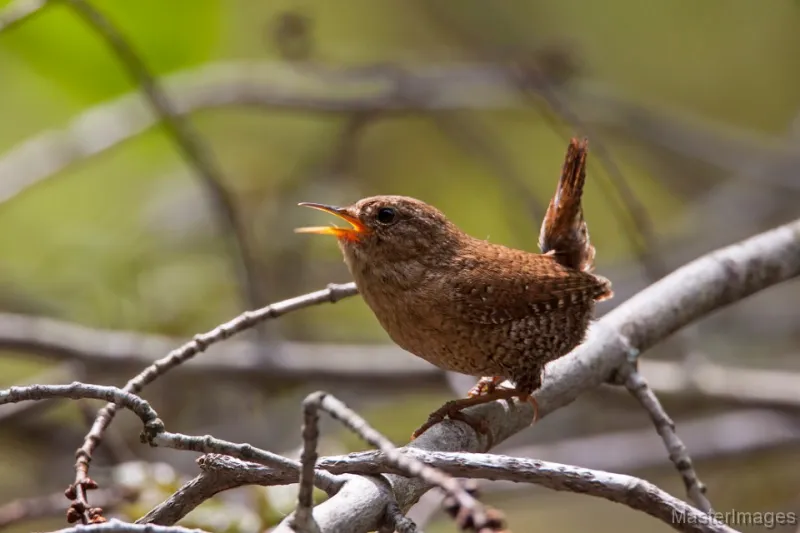
We eventually turned to retrace our steps along the bog where a Great Blue Heron flew overhead in the morning sun, and I paused now and then for photos. I hadn’t been particularly successful in attaining bird images on this hike – that’s just how it goes sometimes – but I kept trying on the way back, finally ending with a Winter Wren and the same Canada Warbler which had started our walk. Back in the car and sheltered from the bugs, Wren and I both enjoyed cold drinks of water and the air rushing past us on the warm day as we drove back towards home.
Summer and early fall offer great bog and woodland birding in the Central Adirondacks. Check out our lodging and dining pages to help you plan your trip.
